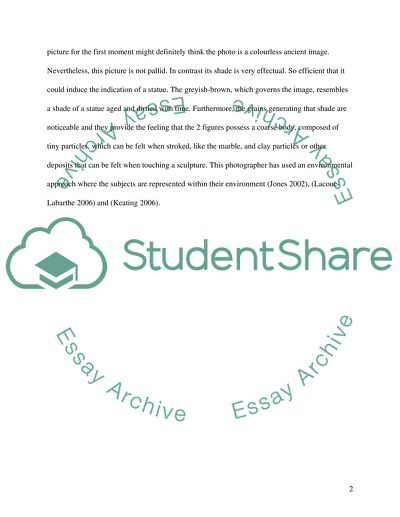Cite this document
(“Examine how photographic portraiture has often been utilised for the Essay”, n.d.)
Examine how photographic portraiture has often been utilised for the Essay. Retrieved from https://studentshare.org/journalism-communication/1479829-examine-how-photographic-portraiture-has-often
Examine how photographic portraiture has often been utilised for the Essay. Retrieved from https://studentshare.org/journalism-communication/1479829-examine-how-photographic-portraiture-has-often
(Examine How Photographic Portraiture Has Often Been Utilised for the Essay)
Examine How Photographic Portraiture Has Often Been Utilised for the Essay. https://studentshare.org/journalism-communication/1479829-examine-how-photographic-portraiture-has-often.
Examine How Photographic Portraiture Has Often Been Utilised for the Essay. https://studentshare.org/journalism-communication/1479829-examine-how-photographic-portraiture-has-often.
“Examine How Photographic Portraiture Has Often Been Utilised for the Essay”, n.d. https://studentshare.org/journalism-communication/1479829-examine-how-photographic-portraiture-has-often.


